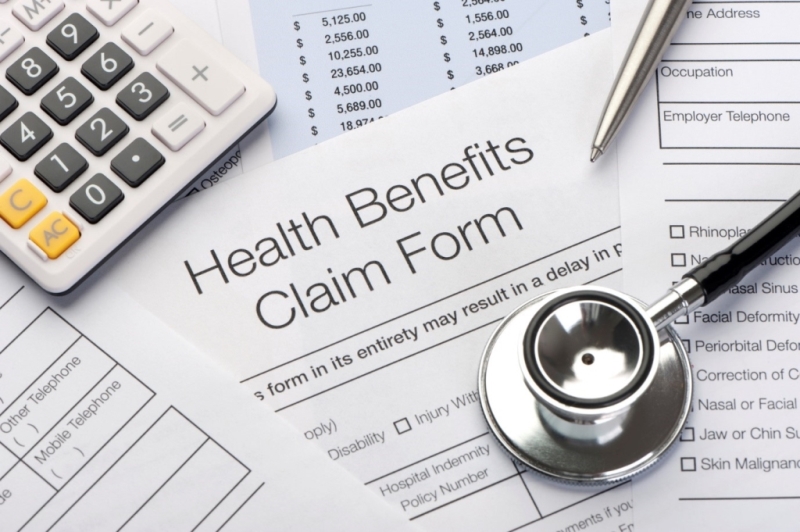Unlocking Revenue: Essential Strategies for Accurate Medical Transcription Billing
In today’s fast-paced healthcare environment,accurate medical transcription billing is more critical than ever. Proper billing not only ensures compliance with regulatory standards but also directly impacts teh revenue cycle of medical practices.Mistakes or inefficiencies in transcription billing can lead to lost revenue, delayed payments, and compliance issues. This comprehensive guide explores essential strategies to optimize your medical transcription billing process, safeguard your revenue, and improve your practice’s financial health.Whether you’re a healthcare provider or an administrative professional, mastering these techniques will help unlock the full potential of your billing operations.
Understanding medical Transcription Billing and Its Significance
Medical transcription billing involves converting physician-authored clinical notes into accurate, standardized electronic formats, which are then submitted for reimbursement. Proper billing depends on precise documentation, correct coding, and adherence to payer requirements. By ensuring accuracy in transcription and billing, healthcare providers can maximize revenue, reduce claim denials, and improve cash flow.
The role of Accurate Documentation in medical Billing
Accurate documentation is the foundation of accomplished billing. Transcribed medical notes must reflect the physician’s intent,include detailed clinical findings,and contain all necessary elements for coding and reimbursement. Errors or omissions can lead to claim rejections or underpayment.
Key Strategies for Achieving Accurate Medical Transcription Billing
1. Implement Robust Quality Assurance Processes
- Regularly audit transcription work to identify errors or inconsistencies.
- Use advanced speech recognition tools combined with manual review.
- Train transcriptionists on the latest medical terminology and documentation standards.
2. invest in Advanced Transcription Technology
- Utilize high-quality voice recognition software with editing features.
- Adopt integrated EHR (Electronic Health Record) systems for seamless data flow.
- Leverage automation to minimize manual errors and speed up processing.
3. accurate Coding and Compliance
Correct coding plays a pivotal role in billing accuracy. Employ certified coders or coding tools to ensure proper use of CPT, ICD-10, and HCPCS codes.Keep up-to-date with coding changes and payer policies to prevent compliance issues and claim denials.
4. Training and Continuous Education
- Offer ongoing training for staff on medical coding, billing updates, and transcription standards.
- Encourage participation in webinars, workshops, and certification programs.
- Foster a culture of accuracy and accountability within your team.
5. Leverage Data Analytics and KPIs
- Track key performance indicators such as claim denial rates, average reimbursement time, and transcription error rates.
- Use analytics to identify bottlenecks and areas for enhancement.
- Regularly review billing reports to optimize processes and maximize revenue.
Benefits of Accurate Medical Transcription Billing
- Increased revenue: Accurate billing ensures full reimbursement for provided services.
- Improved Compliance: Proper documentation reduces the risk of audits and legal issues.
- enhanced Patient Satisfaction: Clear and accurate clinical notes lead to better patient care and communication.
- Reduced Claim rejections: Precise billing minimizes denials and accelerates cash flow.
Practical Tips for Optimizing Medical Transcription Billing
- standardize Documentation Protocols: Develop templates that ensure all essential data is captured.
- Use Clear and Concise Language: Transcribe notes that are easy to interpret and audit.
- Maintain Regular Communication: Facilitate open communication between transcriptionists, coders, and clinicians.
- Implement Double Checks: Use peer reviews or automated checks before submitting claims.
- Stay Updated on Payer Policies: Regularly review payer requirements to avoid submission errors.
Real-World Case Studies Highlighting Successful Billing Strategies
Case Study 1: Reducing Denials in a Primary Care Practice
By implementing comprehensive transcription quality checks and updating coding protocols, a primary care clinic reduced claim denials by 30% within six months. their focus on staff training and technology upgrades improved overall revenue cycle management.
Case Study 2: Boosting Revenue in a Specialty practice
A cardiology practice adopted advanced speech recognition tools integrated with their EHR. Through continuous staff education and data analytics, they increased accurate reimbursement rates by 15%, significantly improving profitability.
first-Hand Experience: Implementing a successful Billing Strategy
In our experience working with diverse healthcare providers, integrating technology and investing in ongoing staff training have consistently yielded high returns. Regular audits and analytics help identify small errors before they impact revenue, emphasizing the importance of proactive management.
Conclusion
Unlocking revenue through accurate medical transcription billing is a strategic process that demands careful attention to detail, technological investment, and continuous education. By implementing the essential strategies outlined above – from quality assurance and advanced technology to compliance and staff training – healthcare providers can significantly reduce claim rejections, ensure proper reimbursement, and sustain a healthy revenue cycle. embracing these best practices equips your practice to thrive in today’s competitive healthcare landscape, ultimately leading to improved financial performance and better patient outcomes.
Key Metrics to Monitor for Billing Success
| Metric | Purpose | Ideal Goal |
|---|---|---|
| Claim Denial Rate | Measures claim rejections to identify issues | Below 5% |
| Average Reimbursement Time | Tracks how quickly claims are paid | Within 15 days |
| error Rate in Transcriptions | Assesses accuracy of documentation | Below 2% |
Remember, the key to unlocking revenue in medical transcription billing lies in continuous improvement, embracing technology, and prioritizing accuracy. By implementing these strategies, your healthcare practice can enjoy a more predictable revenue stream, maintain compliance, and ultimately deliver better patient care.



